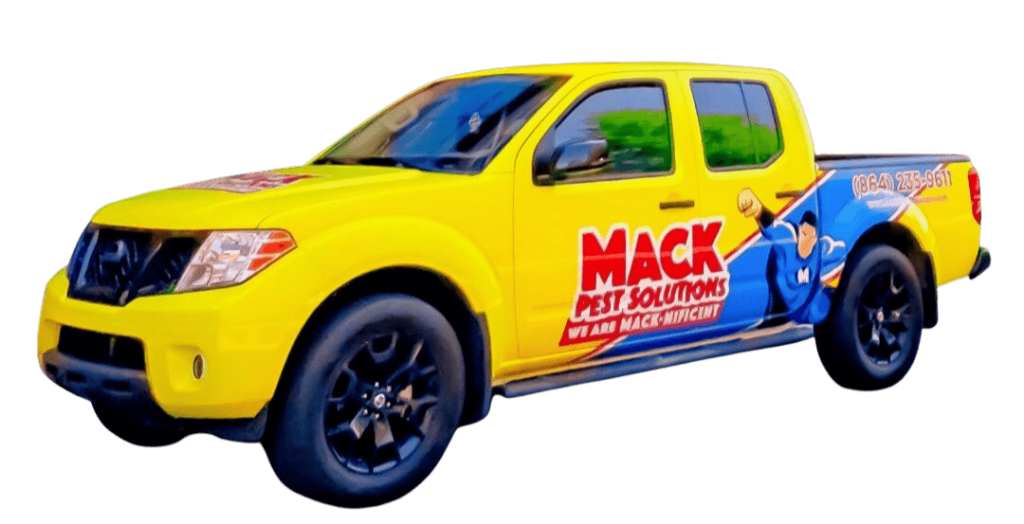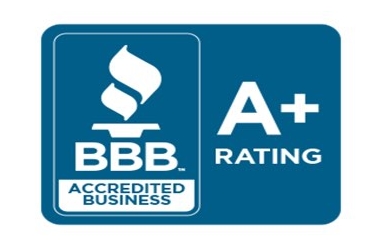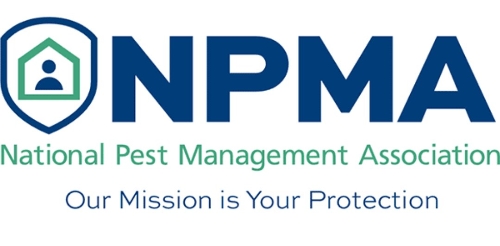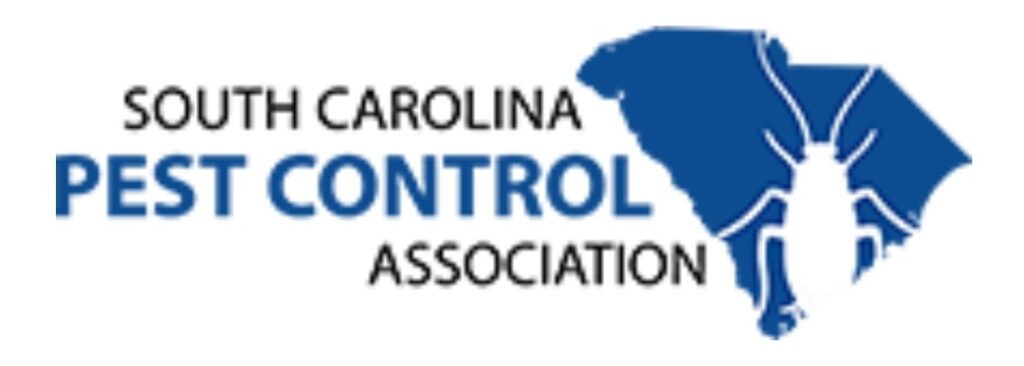The mere mention of termites can send shivers down a homeowner’s spine. Known for their destructive habits, these tiny pests can cause significant damage to structures before you even realize they’re there.
But what exactly do termites look like? How can you identify them and safeguard your home from an infestation? In this comprehensive guide, we will delve into the world of termites, exploring their appearance, life cycle, signs of an infestation, and effective prevention strategies.
From distinguishing termites from other similar insects to understanding the roles within a termite colony, we cover the essentials you need to keep these pests at bay. Learn about the warning signs that termites might share your space, and discover professional advice on tackling an infestation.
By the end of this article, you’ll be equipped with the knowledge to identify, prevent, and address termite problems with confidence.
What Exactly Do Termites Look Like?
The first step in preventing a termite infestation is knowing what to look for. Many people mistake termites for ants, but their appearance has vital differences. Let’s break down what termites look like so you can better identify them.
Physical Characteristics of Termites
- Body Shape: Termites typically have a straight, tube-like body without a discernible waist, whereas ants have a pinched waist.
- Antennae: Termite antennae are straight and bead-like, while ants have elbowed antennae.
- Color: They can range from white to light brown, with the worker termites often appearing more translucent.
- Wings: Reproductive termites, known as alates or swarmers, have two pairs of long, equal-sized wings that are much longer than their bodies. During swarming season, you might mistake these for flying ants, but the uniform size of the wings is a telltale termite trait.
With these characteristics in mind, you’ll be more equipped to spot termites should they find their way into your home or onto your property.
How Can You Differentiate Between Termites and Other Insects?
Mistaking other insects for termites can either lead to unnecessary panic or a neglected infestation. Let’s explore how you can distinguish termites from their insect lookalikes.
Comparing Termites to Commonly Mistaken Insects
- Termites vs. Ants: The body shape and antennae are the quickest way to tell the difference. Additionally, ants are usually more active and visible, while termites tend to remain out of sight.
- Termites vs. Carpenter Bees: Carpenter bees have robust, hairy bodies and often hover around wooden structures. Unlike termites, they do not consume wood but create tunnels for nesting.
- Termites vs. Powderpost Beetles: Powderpost beetles are smaller and have a hard exoskeleton. They leave behind a fine powdery sawdust as they bore into wood.
By understanding these differences, homeowners can take appropriate actions based on accurate pest identification.
What Are the Signs of a Termite Infestation?
Recognizing the early warning signs of a termite infestation can save you significant time, stress, and repair costs. Let’s pinpoint the red flags that indicate termites might be compromising the integrity of your home.
Indicators of Termite Presence
- Mud Tubes: Termites build protective tunnels made of mud, saliva, and feces. These are often found on exterior walls leading up to the wood they infest.
- Discarded Wings: Termites shed their wings after swarming to create a new colony. Finding piles of tiny wings inside or around your home could signal a recent termite swarm.
- Wood Damage: Hollowed-out wood, wood that sounds hollow when tapped, and visible mazes within walls or furniture are strong indicators of termite activity.
By watching for these signs, you can catch a termite problem before it escalates.
What Role Do Different Termites Play in Their Colony?
A termite colony is a highly organized society with different castes, each with specific roles. Understanding these roles can help you determine an infestation’s extent and potential impact.
Exploring the Caste System
- Workers: Workers are the most numerous and are responsible for foraging, feeding, and caring for the rest of the colony. They cause the most damage to wooden structures.
- Soldiers: Soldiers protect the colony, primarily from ant invasions. They have more enormous jaws or specialized heads for defense but do not contribute to wood damage directly.
- Reproductives (Swarmers or Alates): These termites are potential colony founders and are the only ones with wings. They are often the first visible sign of an infestation.
Understanding the roles within a termite colony allows you to tailor your termite management strategy for maximum effectiveness.
How Do Termites Reproduce and Form New Colonies?
Termites’ reproduction and colony formation are fascinating and vital to understanding how infestations spread. Let’s delve into the life cycle of termites and their methods of establishing new colonies.
The Life Cycle of Termites
- Mating Flight: Reproductive termites take flight during specific seasons to mate and start new colonies.
- Colony Establishment: After mating, the king and queen land, shed their wings, and find a suitable spot to lay eggs and form a new colony.
- Population Growth: The queen lays eggs, which hatch into workers and soldiers, and the colony grows over several years to reach damaging proportions.
By comprehending their reproductive patterns, homeowners can take preemptive measures during swarming seasons to discourage new colonies near their properties.
Can Termites Infest Both Residential and Commercial Properties?
Termites do not discriminate between residential and commercial properties. Their primary goal is to find a viable food source to sustain the colony. Let’s consider how termites can affect different types of properties.
Termite Threats Across Property Types
- Residential Properties: Termites often enter homes through wood that is in direct contact with soil or through cracks in foundations.
- Commercial Properties: Businesses that use wood in their construction or have extensive cellulose-based resources are at risk of termite invasions.
Regardless of the property type, proactive pest management is crucial.
What Methods Can Be Used to Prevent Termite Infestation?
There are several effective strategies to prevent termites from making themselves at home on your property. Explore preventative measures you can take to minimize the risk of an infestation.
Prevention Tips
- Reduce Soil-to-Wood Contact: Ensure that wooden parts of your structure do not directly touch the soil.
- Use Treated Wood: When constructing or repairing structures, use termite-resistant or treated wood.
- Regular Inspections: Schedule annual termite inspections by professionals to catch any early signs of activity.
Employing these preventive techniques can safeguard your home or business against termite invasions.
Are There Natural or DIY Solutions for Termite Control?
There are natural and DIY termite control options for those who prefer to take matters into their own hands. Though only sometimes as powerful as professional treatments, they can be part of your integrated pest management plan.
Homegrown Termite Solutions
- Boric Acid: Apply boric acid around your property; it’s a natural termite repellent and killer.
- Nematodes: Beneficial nematodes can be introduced into the soil to target and kill termites.
- Diatomaceous Earth: Spread food-grade diatomaceous earth around areas where termites might enter to desiccate and kill them.
While helpful, it’s important to remember that severe infestations typically require professional intervention.
How Do Professionals Handle Termite Infestation and Control?
Professional termite control involves an array of advanced techniques and solutions. Discover how pest management professionals tackle termite infestations effectively.
Professional Termite Treatment Methods
- Liquid Termiticides: Professionals apply liquid barriers in the soil around structures to prevent termites from entering.
- Bait Systems: Bait stations are installed to attract and poison termites, spreading the toxicant to the colony.
- Fumigation: In severe cases, fumigation may be necessary to eliminate termites from the structure entirely.
Engaging in a professional service ensures the application of the most effective termite control strategies for your specific situation.
When Should You Call a Professional for Termite Extermination?
Knowing when to call in the experts can distinguish between a minor issue and a full-blown termite crisis. Let’s pinpoint the scenarios where professional intervention is necessary.
Identifying the Need for Professional Help
- Visible Damage: If there is already significant damage to your property, it’s time to call in the experts.
- Swarm Sightings: Seeing swarms of termites around your property indicates that professional help is needed.
- Inaccessible Areas: Professional equipment and expertise are required if termites are in hard-to-reach places, such as within the walls.
Taking swift action will help ensure the termite problem is dealt with comprehensively.
Conclusion: Protecting Your Property from the Silent Destroyers
Termites may be tiny, but their impact can be monumental. Understanding what termites look like, how to differentiate them from other insects, and knowing the signs of an infestation is the first line of defense against these pests.
Whether you opt for DIY solutions or call in professionals, the key to termite control lies in vigilance and prompt action. Take your time with the problem to become extensive and costly.
If you suspect termites encroach upon your living or working space, it’s time to act. Schedule a professional inspection today, and take the first step towards defending your property against the silent destroyers. Remember, an ounce of prevention is truly worth a pound of cure when it comes to termites.



